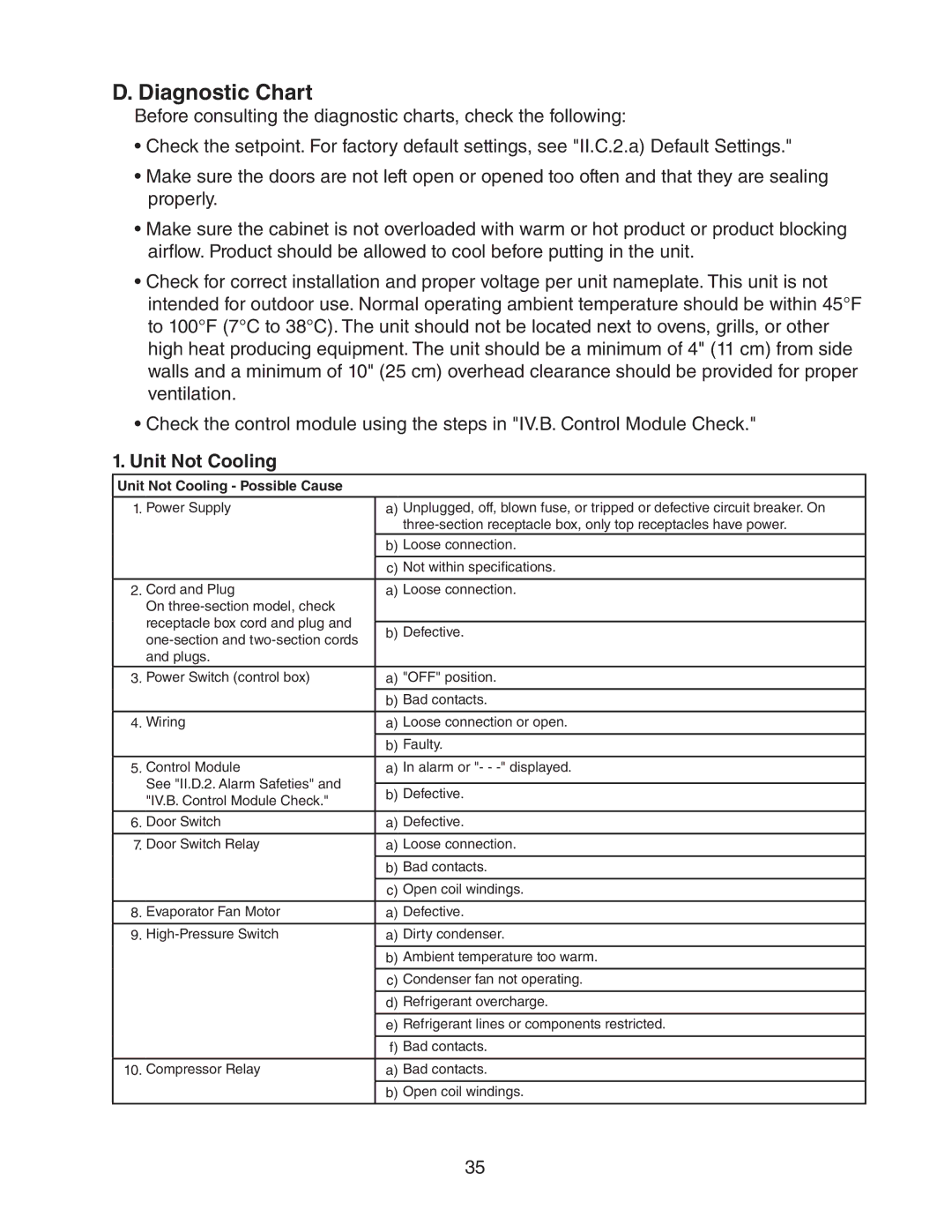73183 specifications
The Hoshizaki 73183 is a state-of-the-art ice machine that has garnered attention in the foodservice industry for its reliability and efficiency. Renowned for its compact design, the model is particularly well-suited for restaurants, bars, and cafes where space is often at a premium. One of the standout features of the Hoshizaki 73183 is its capability to produce high-quality cube ice, essential for various beverages and food presentation.One of the primary technologies that sets this ice machine apart is the Kold-Draft ice production method. This technology ensures that the ice produced is not only clear and hard but also lasts longer in drinks, preventing dilution. The 73183 model is capable of producing up to 800 pounds of ice in a 24-hour cycle, making it a reliable choice for businesses requiring a high volume of ice throughout the day.
Energy efficiency is another hallmark of the Hoshizaki 73183. The unit operates with a low energy consumption rate, aligning with today’s demand for sustainable ice production solutions. It is equipped with efficient compressor technology, which reduces operational costs without compromising performance. In addition, the machine utilizes an advanced air-cooled condenser system, making it optimal for various ambient conditions while ensuring consistent ice output.
Durability and ease of maintenance also characterize the Hoshizaki 73183. Constructed with stainless steel, the unit is not only aesthetically pleasing but also resistant to corrosion and wear, ensuring longevity in a demanding kitchen environment. Furthermore, the machine features an easy-to-access design that simplifies cleaning and maintenance, promoting optimal hygiene and performance.
The unit also integrates user-friendly digital controls, allowing operators to monitor ice production rates and make adjustments as needed. An intuitive display provides real-time status updates, ensuring that businesses can always meet their ice needs.
In summary, the Hoshizaki 73183 ice machine combines innovative technology with robust design, making it an ideal choice for businesses seeking a reliable, efficient, and high-performing ice production solution. Its remarkable features and characteristics firmly establish it as a leading option in the competitive landscape of commercial ice machines.

